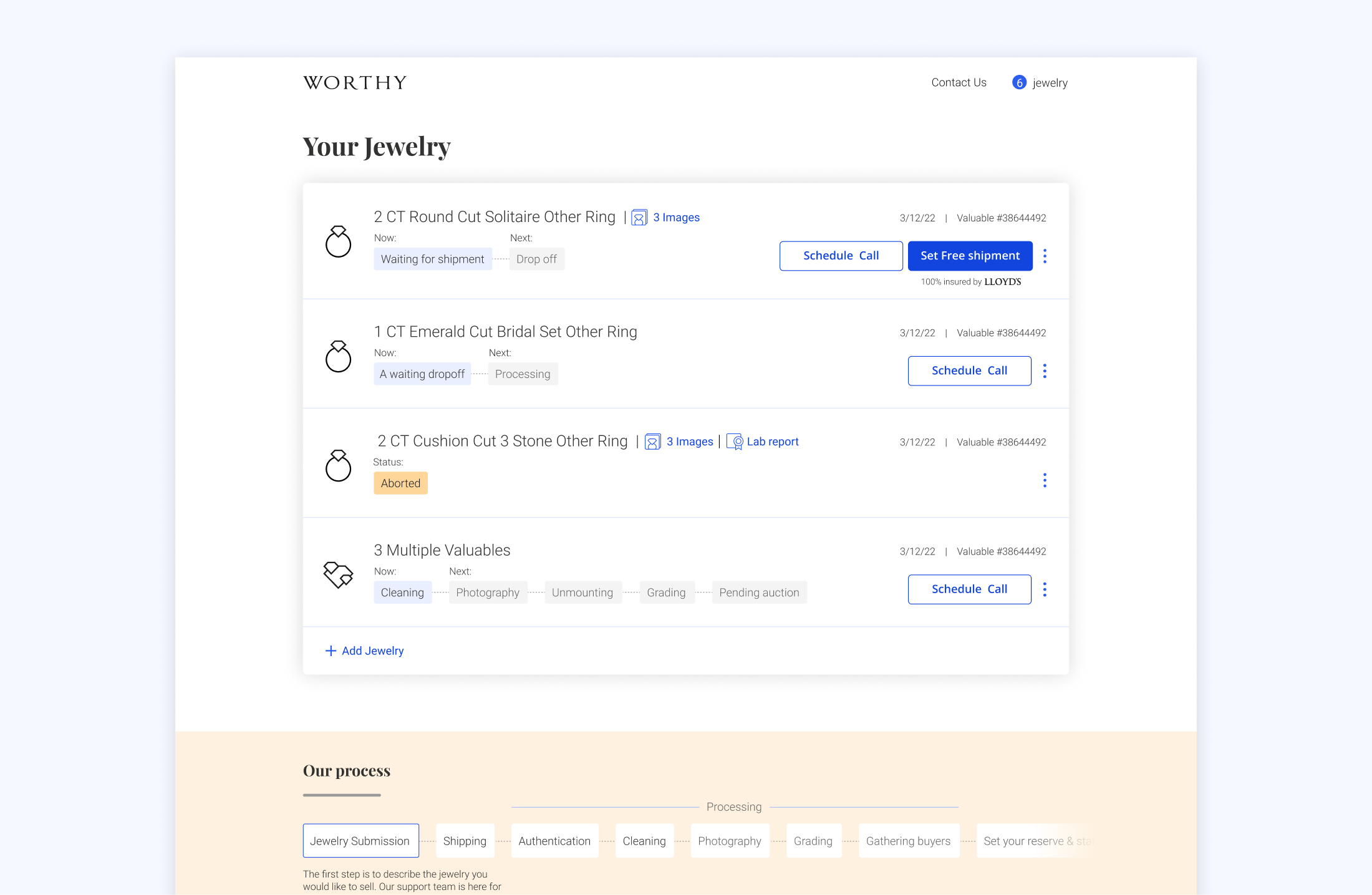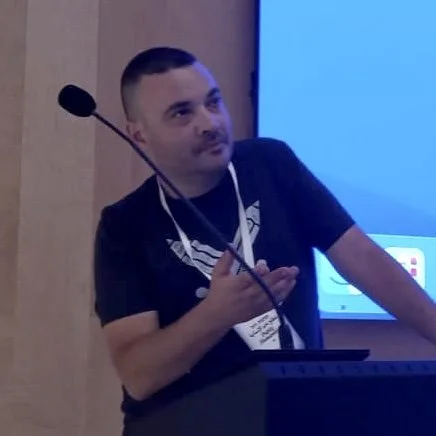Hi there 👋🏼
I’m Dima, a human-centered designer who loves to craft a user experience that matters.
Selected Projects
My Skills
-
As a human-centered designer, I strongly believe that a great user experience (UX) is crucial in creating a successful product or service. Though a single UX effort can provide value, a solid UX strategy can help increase your product's ROI, retention and more.
When I join a company, my first step is to perform a comprehensive assessment of the current UX level. This involves analyzing the various touchpoints of the user journey, identifying pain points and areas for improvement, and evaluating overall user satisfaction. Based on my findings, I provide a detailed report that outlines my recommendations for possible UX efforts that can take the company's UX maturity to the next level.
My recommendations may include anything from usability testing and user research to ideation and wireframing. I work closely with the company's stakeholders to ensure that the UX efforts align with their overall business objectives and goals.
When I join a company, my first step is to perform a comprehensive assessment of the current UX level. This involves analyzing the various touchpoints of the user journey, identifying pain points and areas for improvement, and evaluating overall user satisfaction. Based on my findings, I provide a detailed report that outlines my recommendations for possible UX efforts that can take the company's UX maturity to the next level.My recommendations may include anything from usability testing and user research to ideation and wireframing. I work closely with the company's stakeholders to ensure that the UX efforts align with their overall business objectives and goals.
-
To increase our product’s KPIs, we need to put on our detective hats and figure out what our users and clients really need. I employ a range of techniques such as user interviews, usability testing, conversion analysis, ethnographic research, competitive analysis, review of support tickets and sales calls analysis.
Finally, I know how to communicate the summary of the research and my recommendations for the next steps, helping the team move forward in a more confident way about our decisions.
-
Throughout the ideation process, I assist the team in exploring diverse concepts to address specific challenges while keeping in mind the user needs identified during the research phase. In order to set the design process in the right direction, close collaboration and rapid iteration are crucial.
As we move forward, I transform my ideas into wireframes of varying levels of detail, providing the team with a visual representation of the concept. Using wireframes as the foundation of the UX design saves time and effort before proceeding to the detailed design and development stages.
-
UX mapping is all about creating a roadmap for an amazing adventure. User flows are the directions, showing each step the users take. User journeys are the story, capturing their emotions and thoughts along the way. And personas are the description of the humans we design for.
User research is not just a step in the design process, but a continuous effort to have a solid understanding of our users. It plays a crucial role in the UX strategy and involves communicating user research results to the team.
-
UI design is crucial because it shapes the way users experience digital platforms. It's the gateway that welcomes users, leaving a lasting impression and setting the tone for their interaction. A well-crafted UI enhances usability by providing clear navigation, intuitive interactions, and consistent visual language. It increases engagement, guides users toward desired actions, and ensures accessibility for all. Ultimately, UI design isn't just about aesthetics; it's about creating appealing products in the market.
During UI design I create multiple prototypes in various levels to design the interactive level of the product. Prototypes are also essential for user testing and stakeholder demos.
-
I believe tight collaboration loops with dev from early stages through ongoing communication during the project and on to the design QA before deployment, are crucial in the collaboration between product design and front-end.
The way to take the collaboration between front-end development and product design to the next level is to anchor with a design system. Design systems provide the shared vocabulary, ensuring a consistent user experience, and can be automated today more than ever.
My Story
For over a decade, I faced many product and UX challenges, and I used every opportunity to grow and learn. Due to the lessons learned along my career journeys, I have learned to create products that prioritize the user's experience, by tackling the complexities of the product I work on.
I started learning design in high school, I hold a B.DES from the Department of Visual Communication of Bezalel Academy, and an M.A. in Design, Innovation, and Entrepreneurship from the College of Management Academic Studies.
I'm a very creative, curious and empathic person, and these talents and skills help me be a meaningful member of the team I work in. Combining those talents with 11 years in product companies, my curiosity and experience led me to develop a business-minded approach that helps me create successful products.




